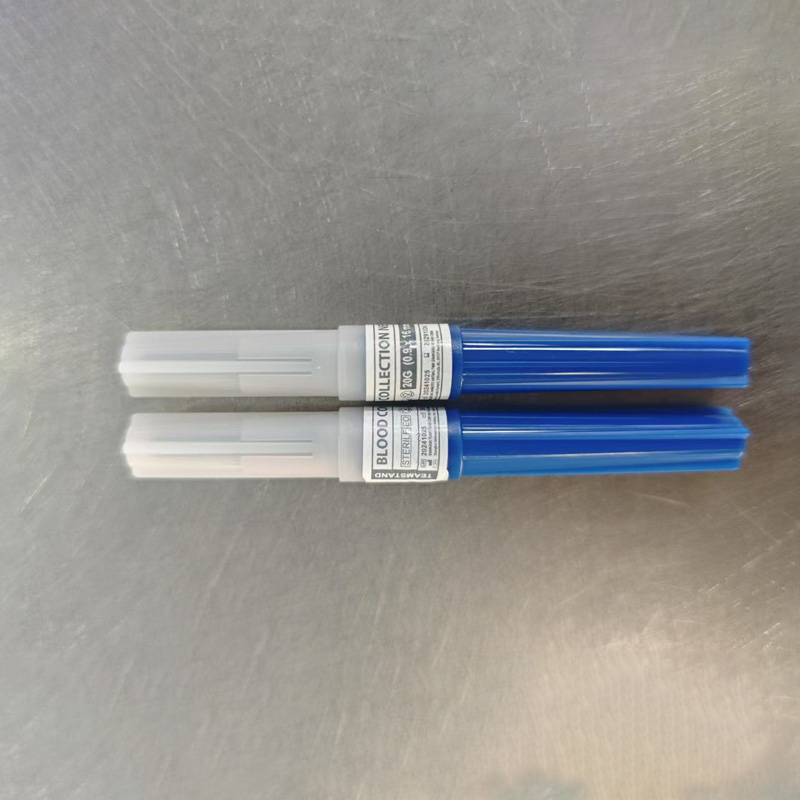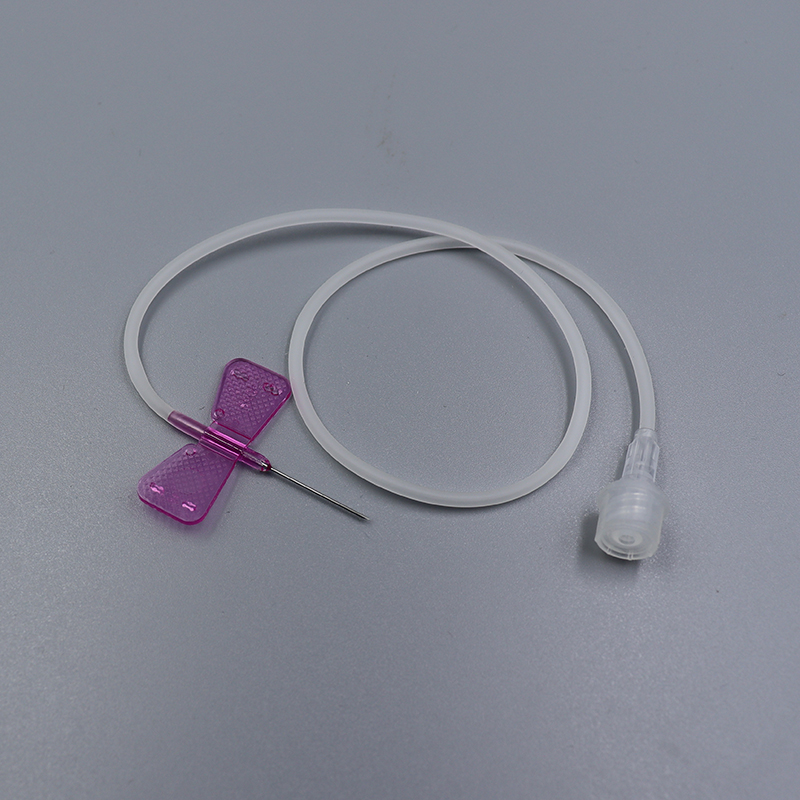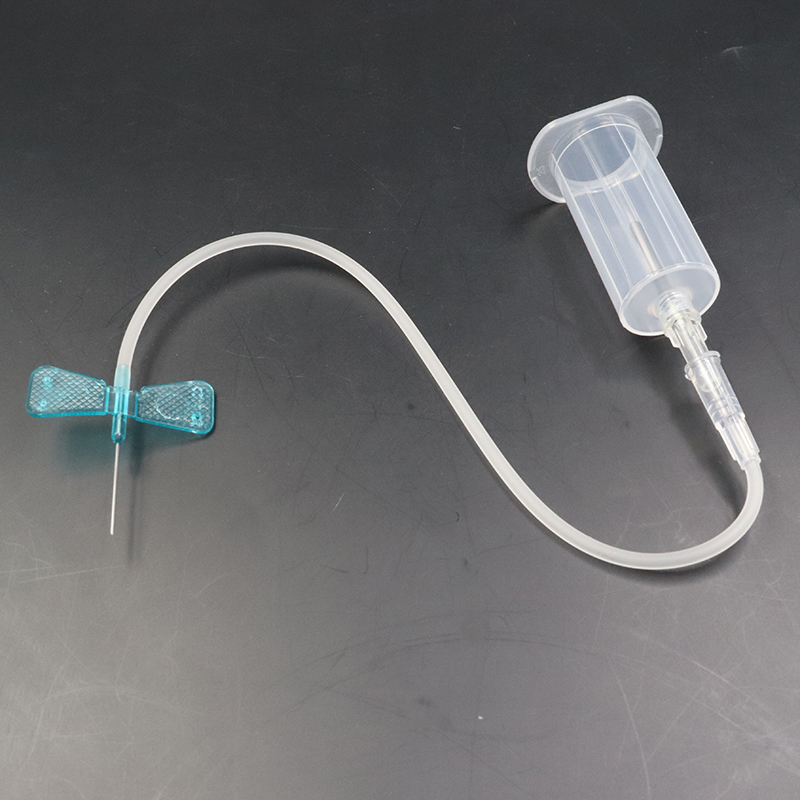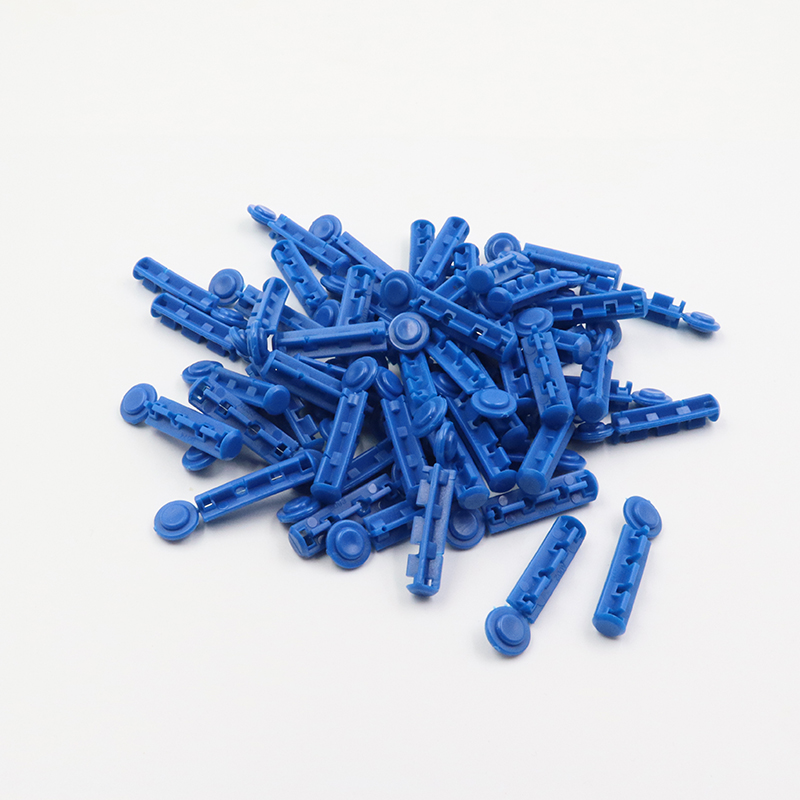Blood collection is a critical step in medical diagnostics. Selecting the appropriate blood collection needle enhances patient comfort, sample quality, and procedural efficiency. From routine venipuncture to capillary sampling, healthcare professionals use a variety of medical devices depending on the clinical context. In this article, we explore four major types of blood collection devices: straight needle, butterfly needle (scalp vein set), vacutainer needle, and lancet needle. We’ll also cover their typical needle gauge ranges, use cases, and key benefits.
Needle Gauge Comparison Table
| Needle Type | Common Gauge Range | Best Use Case |
|---|---|---|
| Straight Needle | 18G – 23G | Standard adult venipuncture |
| Butterfly Needle (Scalp Vein Set) | 18G – 27G (most common: 21G–23G) | Pediatrics, geriatrics, small or fragile veins |
| Vacutainer Needle | 20G – 22G (most commonly 21G) | Multi-sample blood collection |
| Lancet Needle | 26G – 30G | Capillary blood sampling (finger/heel stick) |
1. Straight Needle: Simple and Standard
Needle Gauge Range: 18G–23G
The straight needle is a classic tool for venipuncture and blood sampling. It is often connected to a syringe and used for direct blood withdrawal. Made of stainless steel, these needles are available in multiple gauges, where a lower gauge number indicates a larger diameter.
- Low cost and easy availability
- Effective for patients with prominent veins
- Commonly used in clinical settings
Straight needles are suitable for adult patients with easily accessible veins. They are widely used in hospitals and labs as basic medical supplies for standard blood collection.
2. Butterfly Needle (Scalp Vein Set): Flexible and Comfortable
Needle Gauge Range: 18G–27G (most common: 21G–23G)
Also called a scalp vein set, the butterfly needle consists of a thin needle attached to “wings” and flexible tubing. It allows for greater control during insertion, making it ideal for patients with small or fragile veins.
- Gentle on veins, reducing discomfort and bruising
- Great for patients with difficult venous access
- Allows for precision during blood draws
Commonly used in pediatrics, geriatrics, oncology, and outpatient care. Due to its comfort and accuracy, the butterfly needle is one of the most preferred blood collection devices.
3. Vacutainer Needle: Safe and Multi-Sample Ready
Needle Gauge Range: 20G–22G (most commonly 21G)
The vacutainer needle is a double-ended needle that fits into a plastic holder, allowing multiple blood collection tubes to be filled during a single venipuncture. This blood collection device is an essential part of modern laboratory procedures.
- Enables quick, multiple sample collection
- Minimizes risk of contamination
- Standardized volumes for laboratory accuracy
Used widely in diagnostic laboratories and clinics where efficiency and hygiene are key. The vacutainer system is a staple in professional medical supply chains for high-volume blood testing.
4. Lancet Needle: For Capillary Blood Sampling
Needle Gauge Range: 26G–30G
Lancet needles are small, spring-loaded medical devices designed for pricking the skin to collect capillary blood. They are usually single-use and disposable.
- Minimal pain and fast healing
- Ideal for glucose testing and low-volume collection
- Easy to use at home or in clinical settings
Lancets are most commonly used in diabetes management, neonatal care, and fingerstick testing. As a compact and hygienic medical supply, they are essential in point-of-care diagnostics and personal health kits.
Conclusion: Choosing the Right Blood Collection Needle
Understanding the specific purpose and gauge range of each blood collection needle type is essential for delivering quality care and accurate results:
- Straight needle (18G–23G): best for routine venipuncture
- Butterfly needle (18G–27G): ideal for small, fragile veins
- Vacutainer needle (20G–22G): perfect for multi-tube sampling
- Lancet needle (26G–30G): suitable for capillary sampling
By choosing the correct medical device, healthcare professionals can improve patient comfort and streamline diagnostic accuracy. Whether you’re sourcing for hospitals, labs, or outpatient care, having the right blood collection devices in your inventory is key to delivering effective and compassionate care.
Post time: Aug-11-2025











